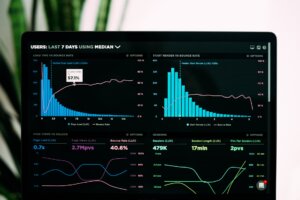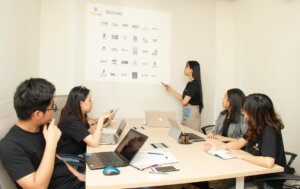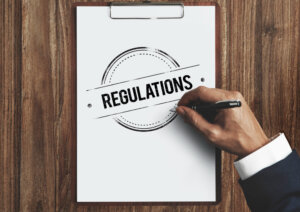GROUP DEVELOPMENT
Below is an idea for a team building activity focusing on the what happens when new members join a team.
Learning Objectives
1. To experience the process and feelings that arise when a new member joins
an ongoing group with defined tasks and roles;
2. To explore the coping mechanisms adopted by the individual and the group
to deal with entry problems;
3. To examine functional and dysfunctional coping strategies of groups.
Orientation
The facilitator may refer to the general orientation on group development and make appropriate connections to the whole seminar objectives.
Instructions
1. This activity may be used with groups of 10 to 12 members each.
2. A separate room is required where volunteers (one per group) can be
briefed.
3. The facilitator gives the instructions during the activity proper.
Activity Proper: Experiencing
1. The facilitator asks for several volunteers who are told to go to a separate
room to await their instructions. The remaining participants are divided
into groups of 10 to 12 members each. (It is important that groups do not
begin to form into cohesive units before volunteers are recruited.) The role
of the volunteers and the purpose of the activity are not divulged at this
time.
2. The facilitator gives the remaining participants the following information:
a. Each group is an advertising company engaged in the business of promotion.
b. Each company has two tasks to complete in the next 30 minutes:
(1) To organize the company, select a name, establish a hierarchy, assign roles, clarify tasks, and produce an organizational chart (this information is collected by the facilitator at the end of 10 minutes, and if this task is completed before the allotted time, work may proceed on the second task);
(2) To prepare in 20 minutes a set of twenty slogans or advertising themes for a potential client, the Bank XYZ (the bank is interested in increasing deposits by means of an aggressive public relations campaign);
(3) To have its work is evaluated as a whole (the bank examines each company’s submissions and accepts the one best complete set of slogans or themes).
c. After the facilitator has briefed the groups, they are directed to move to separate areas to begin working.
d. While the work groups are engaged in their tasks, the facilitators meet with the volunteers and brief them on their task. They are told that each of them will be joining an advertising company in a managerial capacity. They are to spend the next 10 minutes writing down some of their expectations for the job and listing contributions they think they can make to the company.
e. At the end of the 10 minutes of the activity, the facilitator visits each work group, collects its organizational chart and introduces one volunteer to the company members, announcing that the person is joining the company as a manager. No further details are given.
f. While the work groups are completing the second task, the facilitator prepares a chart paper poster listing the criteria used to evaluate the slogans, and adjusts the organizational charts to reflect the addition of the new managers.
g. When the groups have been working on the second task for 20 minutes, the facilitator calls time and collects the materials prepared by each of the groups.
h. The participants are told to take a 10-minute break while the facilitator (as president of the Bank XYZ) evaluates the slogans and decides on the winning company.
i. The participants are reassembled in the large group to hear the Bank XYZ’s decision. The facilitator reads the winning set of slogans aloud.
PROCESSING
Data Gathering
The facilitator reassembles the work groups, distributes the adjusted organizational charts and provides them with some felt tipped markers and chart papers. The following questions, printed earlier on chart paper, are posted for all the participants to see:
1. What are your reactions to the results of the competition?
2. How did you feel when the new member was introduced into the group?
3. (To the managers) How did you feel about joining an intact group? How do
you feel about the expectations you had regarding your job, those that were
met and those that were not met?
4. What were the ways in which the group assimilated the new member? How
did the group react to the change in its hierarchy?
5. What is the effect of the new member on the group’s functioning?
Each group focuses its discussion on these questions and records answers on chart paper (20 minutes). After the discussion, each group posts the printed answers on one side of the room for all the participants to see.
Synthesis
The facilitator summarizes the responses of the groups and evokes from the participants a recognition of patterns in their reactions. She helps them formulate generalizations that will show the effects of new members on group functioning. A lecturette may be discussed.
Integration
The facilitator asks the following questions to integrate the general principles learned by the participants:
1. What new awareness do you have about yourself after the experience?
2. How can you apply the insights you learned from this experience to your
own work situations?
3. What action steps can your organization take to reduce the dysfunctional
effects of changes in work group membership.
4. What did you learn about groups from this exercise?
For more team building activities such as this, please visit teambuildinggames.org.
——————
For more resources, see our Library topic Team Building.
——————
 Sections of this topic
Sections of this topic
















